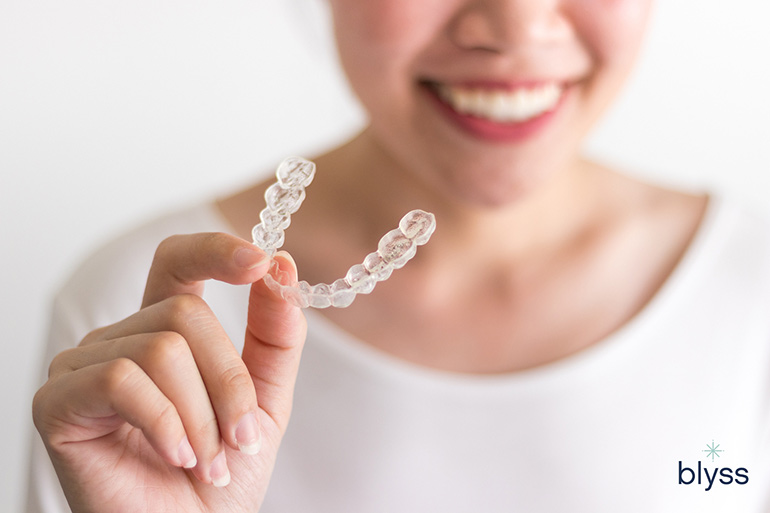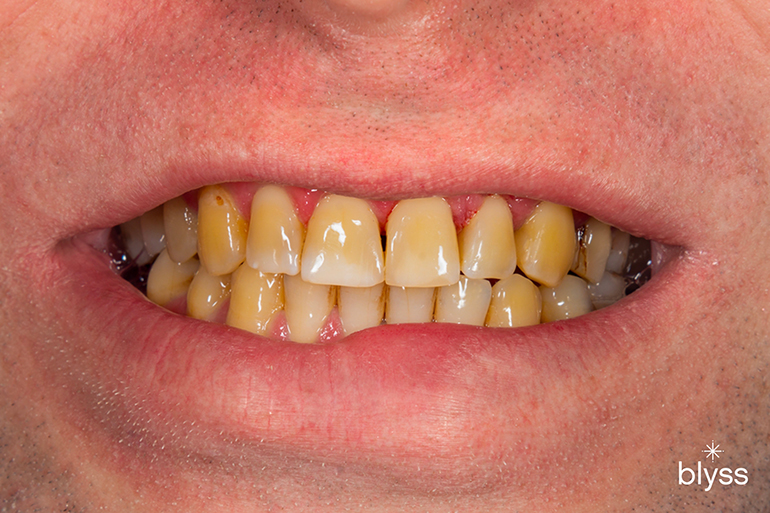What is an Invisalign Dentist?
An Invisalign dentist is a dentist who offers Invisalign treatment. They can be a general dentist or a specialist orthodontist.
To be an Invisalign dentist, a dentist must complete Invisalign’s training program and achieve certification in the system.
Dentists are trained in:
- Assessing patient suitability
- Creating an ideal patient experience
- Using the scanning technology
- Making adjustments to the digital model
- Assessing teeth during treatment
- Altering the treatment course as necessary
- Patient follow-up and best practices
They can then become a recognized Invisalign provider. The training and certification ensure every Invisalign provider can meet a minimum standard of competency with the technology.
Of course, like with any medical provider, just because two people have the same training doesn’t mean they offer the same service! Knowing that every Invisalign dentist offers the same baseline, how do you tell them apart?
Read on below to know more about the top eight factors in choosing an Invisalign dentist.
Factor 1. What Is the Invisalign Dentist’s Pricing?
The first thing to look for is the price. Invisalign dentists are free to set their pricing structures, so there’s no set fee for the service.
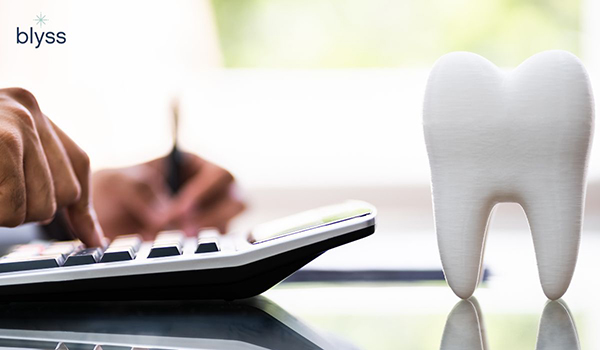
Invisalign dentists set their own pricing. Be sure to ask your dentist what’s included in their pricing of Invisalign.
What you want to focus on here, though, is not so much the total price as the inclusions. One dentist may offer a $3500 package and another $6000 – but the $3500 package may only include the aligners, none of the follow-ups, and extra services.
To compare prices, you need to know how much it will cost for the complete Invisalign service. Many Invisalign dentists offer complete packages as standard; if someone is remarkably cheap, there are likely hidden additional costs.
SAMPLE CASE STUDY
Jenny finds two dentists offering Invisalign near her. The first is offering Invisalign for $4,500, and the other for $3,500. So Jenny thinks that the second option is the better deal.
Before committing, she checks to see what’s included in each package.
Option 1 includes the full Invisalign treatment, all consults, replacement aligners if needed, and the retainer at the end of treatment.
Option 2 only includes the initial consult and Invisalign aligners. Each additional consult will cost $80, and the retainers will cost another $120. She is told she will need to check in with her dentist every 3 months for the 2-year treatment, meaning 8 additional consult fees. This brings the total cost of treatment to $4,260 – and that still doesn’t cover replacement aligners or unscheduled dental appointments.
So while the upfront cost of the second option is cheaper, the total cost ends up being several hundred dollars more.
Factor 2. What Tiers Does The Invisalign Dentist Offer?
Did you know Invisalign comes in more than just the standard full treatment option?
Invisalign Go, Invisalign Moderate, and Invisalign Teen are all options on top of Invisalign Comprehensive, the usual Invisalign treatment.
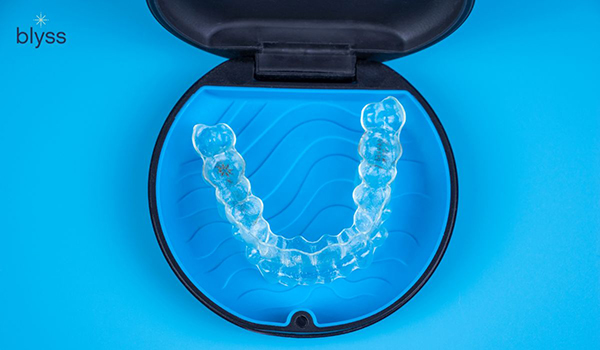
Check with your Invisalign dentist what tiers or “packages” they have. Each Invisalign tier depends on the type of case that you have.
Invisalign Full is the standard Invisalign treatment. It will cover most cases for most people, with treatments lasting anywhere from 12-24 months.
Go and Moderate are designed for less complex orthodontic cases that don’t require as many aligners to correct. They can treat a case in as little as 4 months for the right person. The Go, for example, is for bicuspid to bisupid movement only. These systems also require additional training by the dentist, which is why not everyone offers these modes.
Invisalign Teen is specially designed for teenagers. During our teen years, our mouths change quite rapidly. New teeth are erupting, which can drastically change the shape of our mouths. Invisalign Teen takes this into account and can accommodate teeth that will erupt during treatment. That means teens don’t need to wait for all their teeth to erupt before they start, which can help control the positioning of teeth faster.
You may already know you don’t need major realignment of your teeth – or you may be seeking Invisalign for a teenager. Check with your dentist to see what options they have; it may be worth going elsewhere to get the right tier for you.
Factor 3. Where Is the Invisalign Dentist Located?
Today it’s not difficult to find an Invisalign dentist – but it may be worth going out of your way for one.
Location can have a significant impact on pricing. A dentist in the middle of a major city in California, for example, will have significantly higher operating costs than a dentist in the rural Midwest.
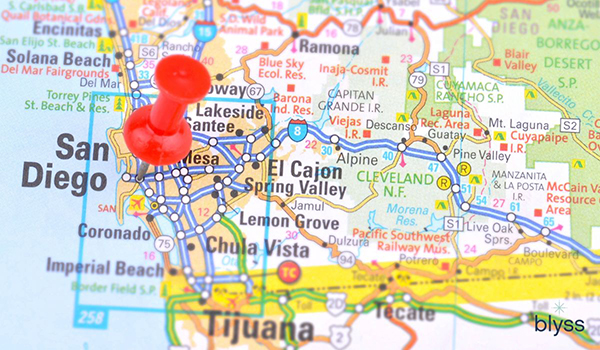
Shop around for different Invisalign dentists in different areas. Location has a big impact on two things: cost and convenience.
You may find it’s cheaper to travel greater distances for the same quality of treatment.
Keep in mind, though, that during treatment you may need to see your dentist once every 2-3 months. So while it may be cheaper even with the travel, you may find timing visits a hassle. It can be worth seeing if your dentist might offer telehealth check-ins rather than in-person visits for some consults.
Factor 4. How Experienced Is Your Invisalign Dentist?
You want to make sure the person treating your mouth knows what they’re doing – which usually means they need to have experience.

You want an Invisalign dentist that has enough experience in doing the treatment. High level of experience can translate to higher success.
Luckily, Invisalign makes this very easy for you! Invisalign providers are classified in different tiers depending on how many cases they’ve treated. Providers are given “points” per treatment and the more points they achieve the higher they rank:
- Bronze: 0 Points
- Silver: 5,000 Points
- Gold: 24,000 Points
- Gold Plus: 30,000 Points
- Platinum: 60,000 Points
- Platinum Plus: 100,000 Points
- Diamond: 140,000 Points
- Diamond Plus: 200,000 Points
Completing a full treatment, a teen treatment, or assisting with treatment gives 1,000 points – so a Silver provider has done roughly 5 treatments, a Diamond Provider has done 140, and a Diamond Plus 200.
The levels go up to Diamond Plus Elite, which requires 800 cases plus 200 cases per year.
Factor 5. What Brands Does The Invisalign Dentist Offer?
Invisalign has been out for a while. Like any popular, successful product, the imitators have entered the market.
Brands like Clear Correct are just as good, but don’t have the history and publicity behind them. Invisalign is the oldest, most-tested clear aligner system with the results to back it up.
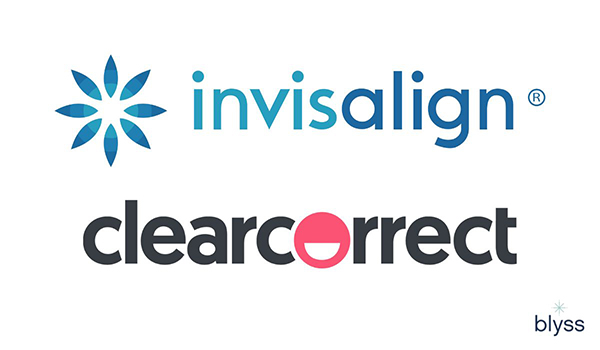
Aside from Invisalign, your dentist may also offer other clear aligner brands such as ClearCorrect. Ask about your different options to ensure the best results of your treatment.
Benefits of Invisalign over their competitors include:
- Proven technology. No other aligner system has the track record and history of Invisalign.
- The most advanced technology. While other systems are playing catch-up, Invisalign is constantly innovating the next generation of aligners. Invisalign Go, Invisalign Lite, Invisalign Teen – and many more are expected in the future.
- Invisalign is one of the few aligner systems that give you face-to-face time with a dentist. Many aligner systems are trying to capitalize on fully-remote systems where you never see a dentist. You might think the convenience is worth it – but it means you never know who’s correcting or overseeing your treatment, and can never get real-time updates with an in-person consult.
- Invisalign uses digital intraoral scanners to plan treatment (see below). Many aligner systems use traditional impressions to base their planning, which can result in inaccuracies, wasted time – and wasted money.
Save your money by buying generic brand groceries – give your teeth the trusted brand experience. At Blyss Dental, we offer both Invisalign and Clear Correct and give you the option that’s best for you.

Factor 6. What Impression Method Does The Invisalign Dentist Use?
We mentioned above that Invisalign uses intraoral scanners. While this is the preferred method of generating oral scans for the system, some dentists still use traditional impressions.
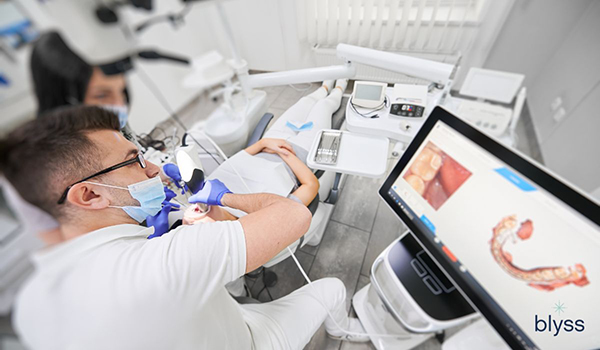
Intraoral scanning is one of the newer technologies used to produce an accurate model of your mouth and teeth.
Intraoral scanners are the future. These funky bits of technology allow dentists to quickly create 3D models of your mouth without the fuss and discomfort of traditional impression materials.
Mouth impressions of the past are time-consuming, unpleasant (especially if you taste it), and worst of all, not entirely accurate. Modern intraoral scanners are quick, don’t rely on bad-tasting materials, and provide exceptional accuracy.
Intraoral scanners work by projecting light into your mouth and bouncing it off different surfaces. Hard and soft tissue will bounce the light back in different ways, telling the scanner what is tooth and what is gum. In this way, the scanner can quickly map out the interior of your mouth in 3D space.
Intraoral scanners operate in real-time. You can watch the model of your teeth and gums being generated on a computer screen while your dentist works!
Traditional impression taking is prone to some problems. If the material doesn’t harden the right way, the shape of your impression will be wrong. This can mean any appliance built using the impression as a guide will be inaccurate. Air bubbles, dust, and other small imperfections can also cause problems.
Intraoral scanners aren’t susceptible to these issues. And since the intraoral model is generated in real-time, the dentist can easily re-scan an area to make corrections without restarting the whole process.
Related Article: The Invisalign Process Explained
Factor 7. What Do Other People Say About The Invisalign Dentist?
Provider level only tells you how many treatments a provider has completed. It doesn’t tell you anything about how satisfied patients were with their experience.
Always read reviews and ask around. Word of mouth is the best advertisement a dentist has. Has this Platinum provider got 198 happy customers and 2 unhappy ones, or 2 happy ones and 198 disappointed people?
See what other people have to say when deciding on your Invisalign dentist, it can make all the difference.
Factor 8. What Is The Invisalign Dentist’s Follow-Up Like?
Reviewing your treatment periodically lets you know when to change aligners, whether you need to worry about cleaning your teeth more, or whether aligners need to be adjusted.
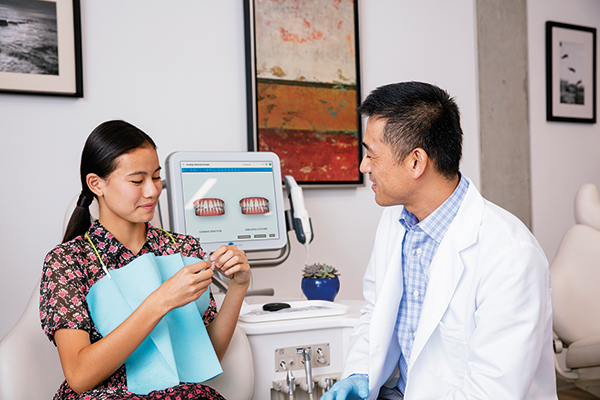
Follow-ups are as important as the initial consultation with your dentist. Frequent check-ups will help ensure that the treatment is going well.
It’s important to find a dentist who offers a complete treatment follow-up. This can mean many things, but at a minimum you want:
- Frequent checks throughout the Invisalign process to avoid problems and get ahead of any unexpected deviations.
- Checking not just for tooth movement, but also for the health of soft tissues such as the gums. Orthodontic treatment can put a strain on the gums that leaves them susceptible to infection; you want a dentist who is keenly looking out for any possible problems.
- A dentist will alter the course of treatment if necessary. Some Invisalign dentists will stick to the originally planned outline regardless of whether it is still working after 6 months. Things can change, and no computer system is perfect – find a dentist who will adjust your aligners as needed.
- Some form of retainer, be it removable or fixed, to retain your hard-earned results.
- Several follow-up appointments 6, 12, and even 24 months post-treatment to ensure the results are keeping and that your teeth aren’t moving back out of alignment.
Conclusion
Invisalign is a popular treatment, and it’s not hard to find an Invisalign dentist. Finding the right dentist, however, can be a bit more of a challenge. Use our handy 8-point guide above – or cut right to the chase and contact the team at Blyss Dental today!


